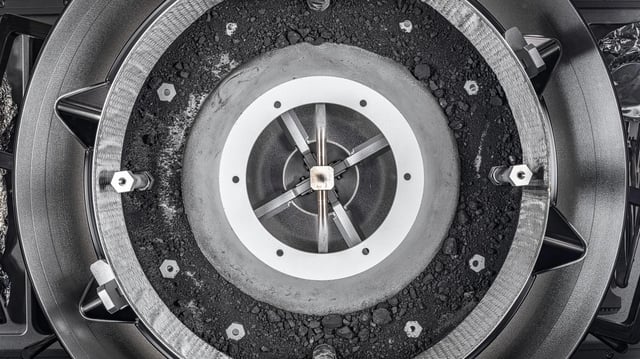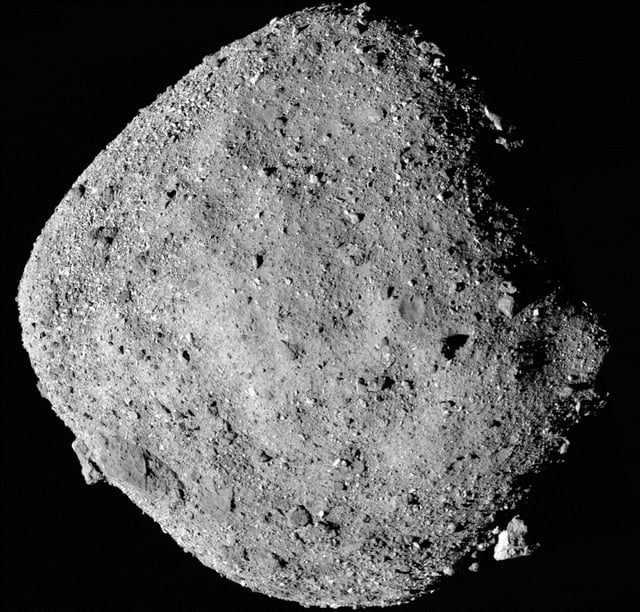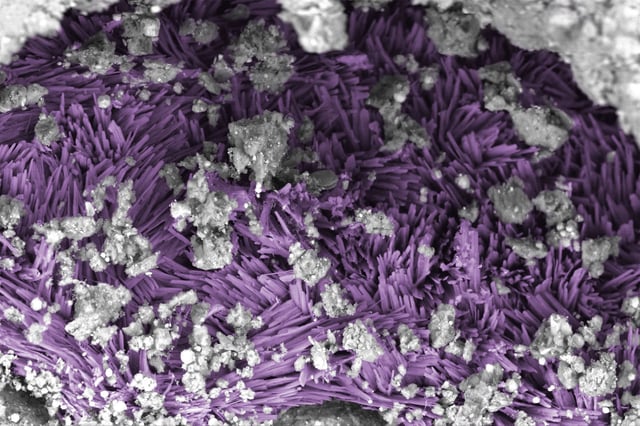Overview
- Samples from asteroid Bennu, collected by NASA's OSIRIS-REx mission, contain organic molecules, including all five nucleobases essential for DNA and RNA.
- Researchers identified 14 of the 20 amino acids used in Earth's proteins, along with rare non-protein amino acids, in the pristine asteroid material.
- Evidence of water was found in the form of salt minerals, suggesting Bennu's parent body once had a wet or muddy environment conducive to prebiotic chemistry.
- The findings support the theory that asteroids could have delivered the building blocks of life to Earth and other planetary bodies in the Solar System.
- This discovery highlights the potential for similar life-enabling compounds to exist throughout the Universe, expanding the scope of astrobiological research.



